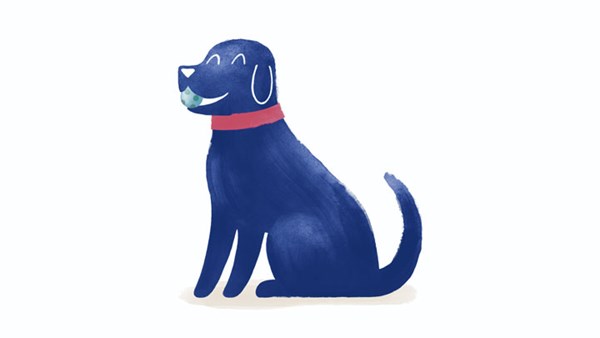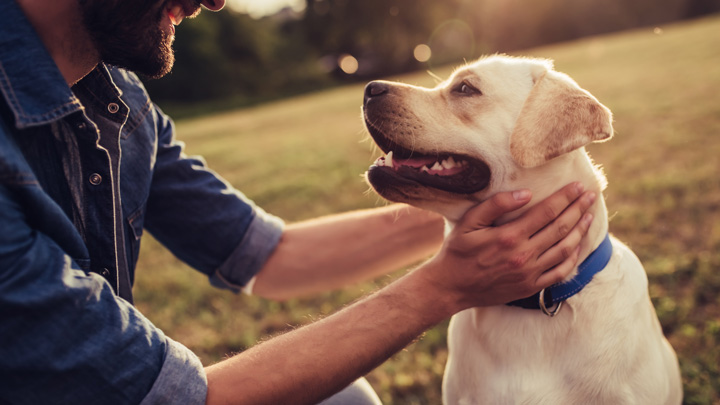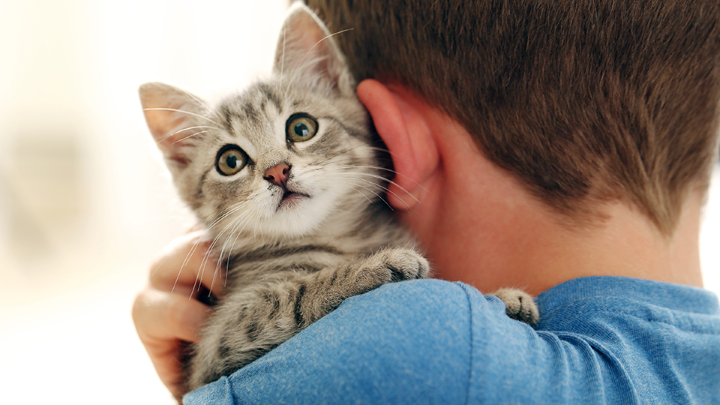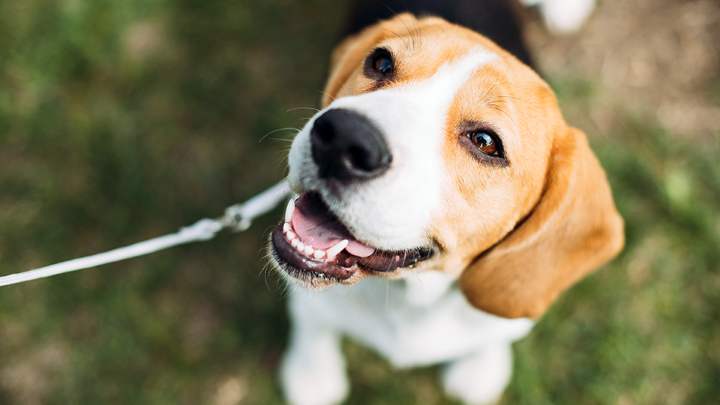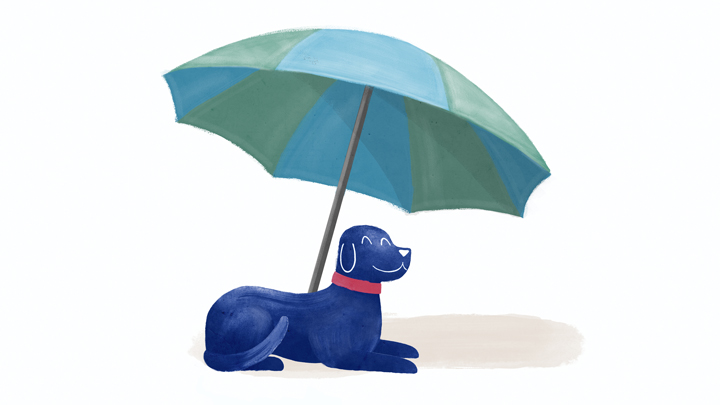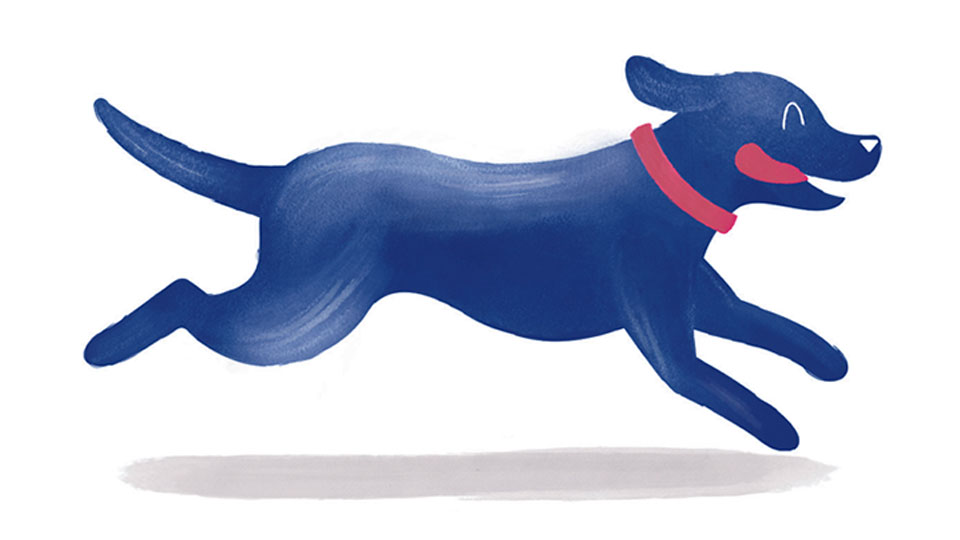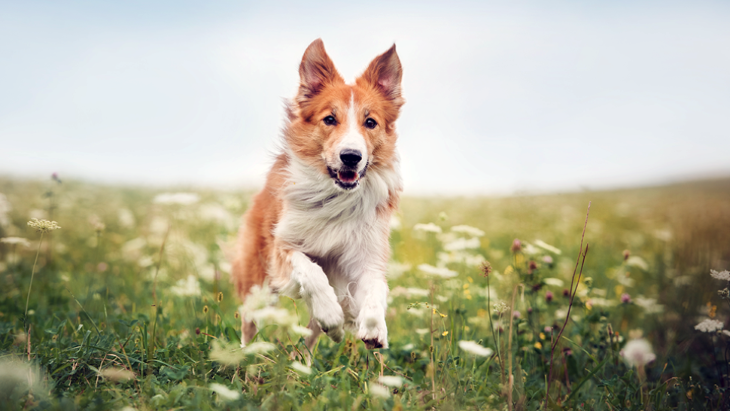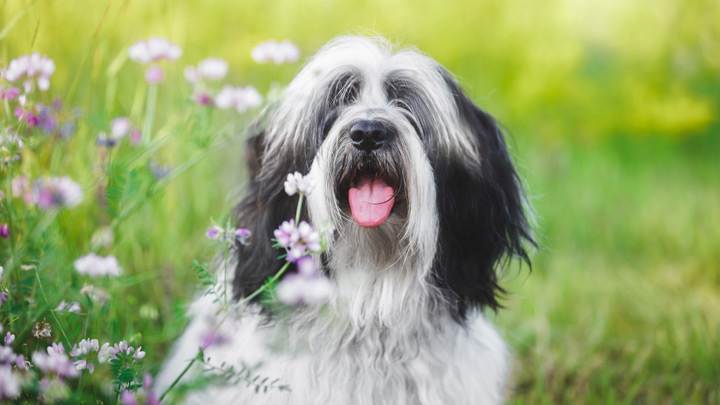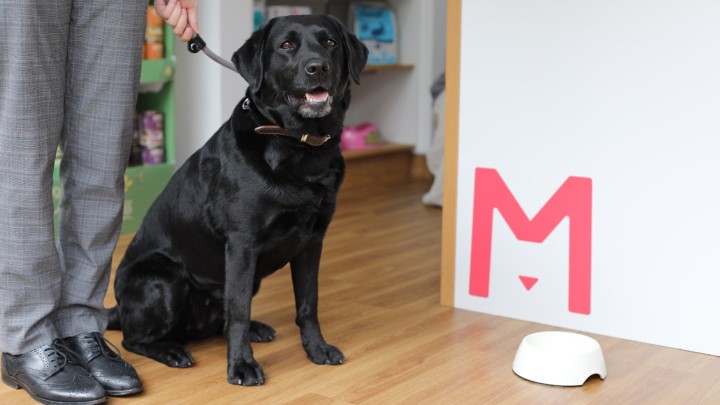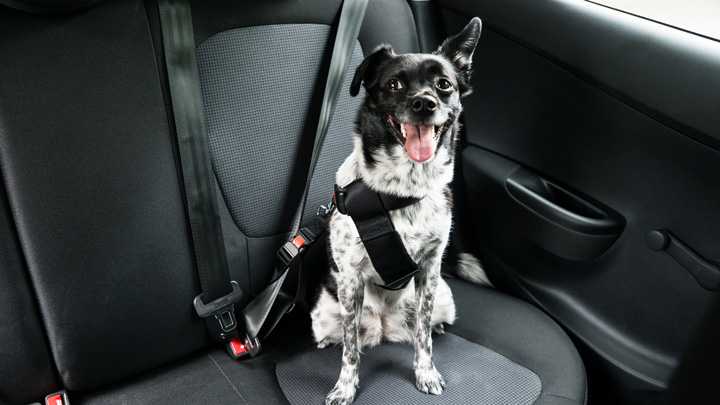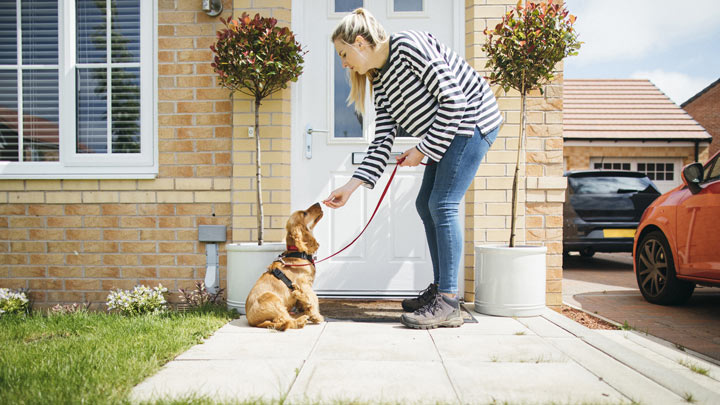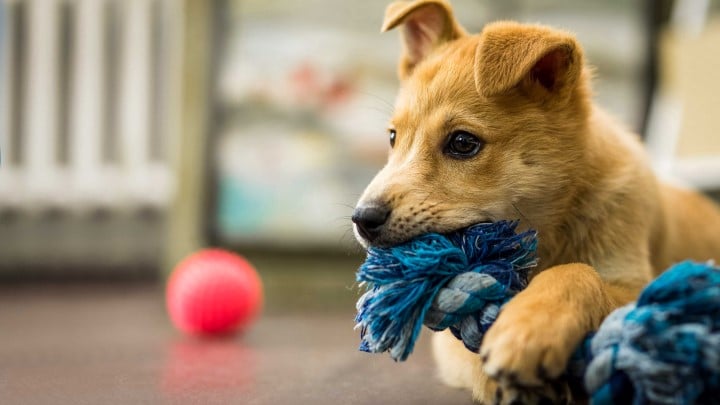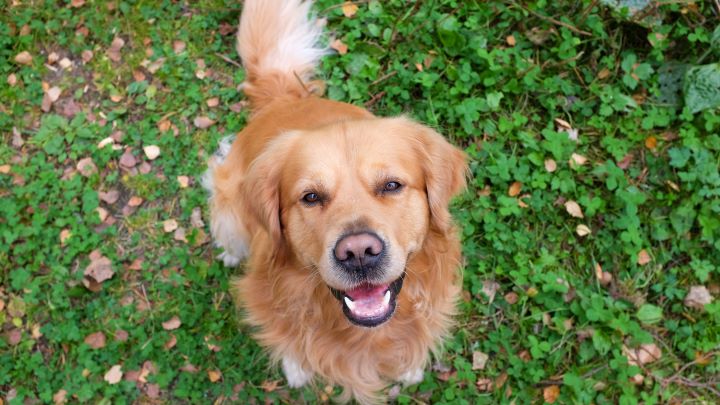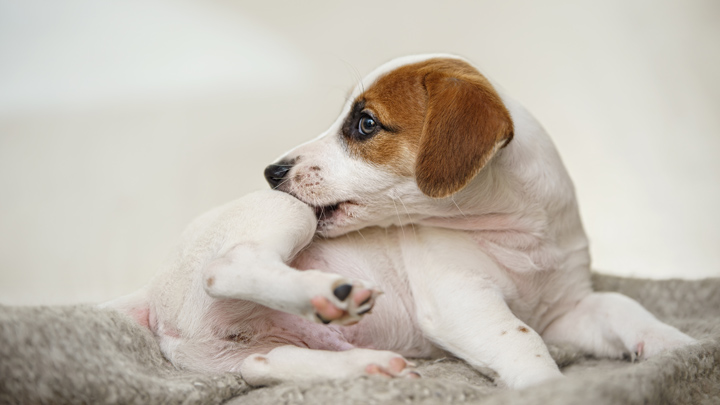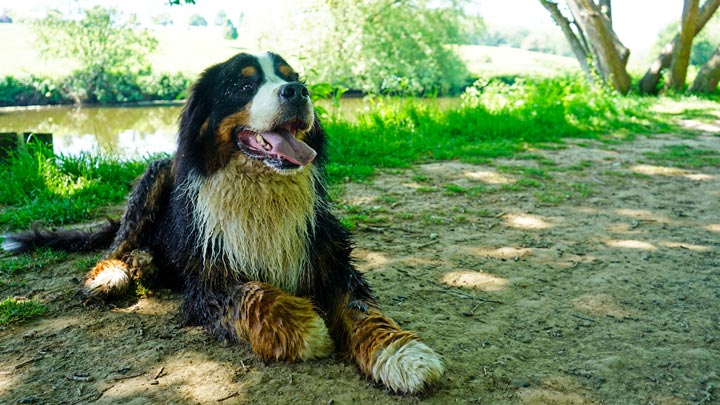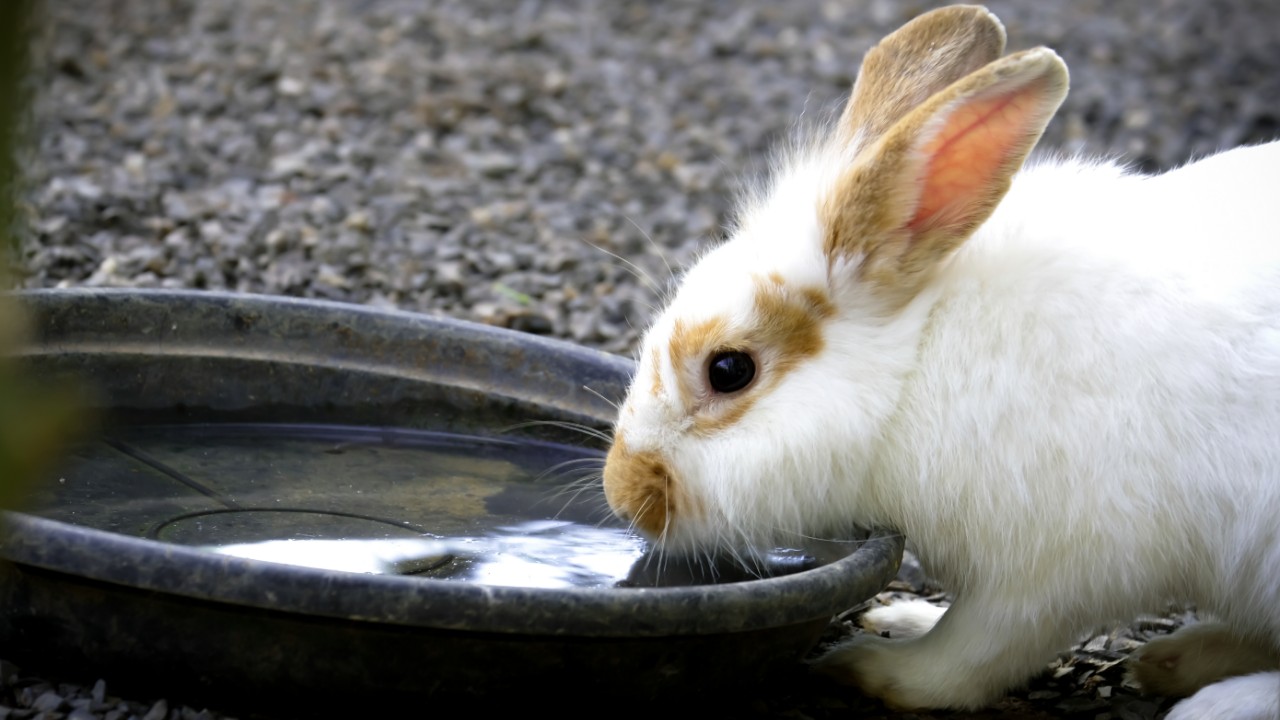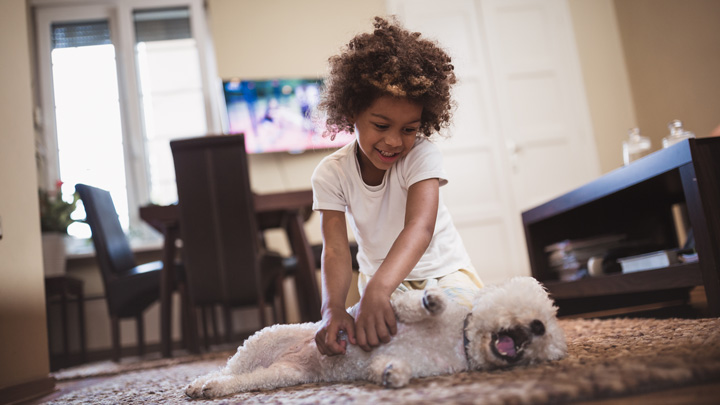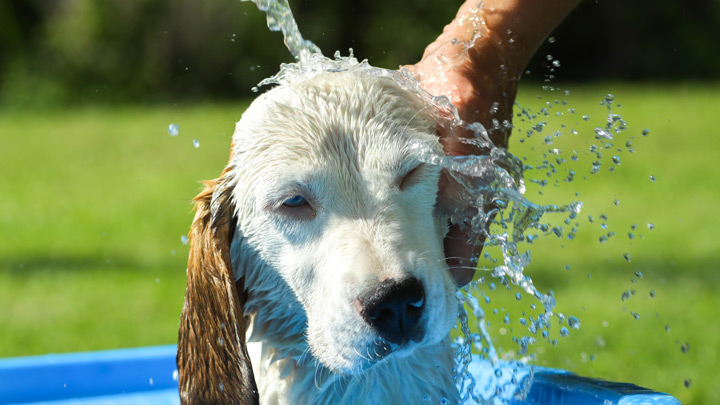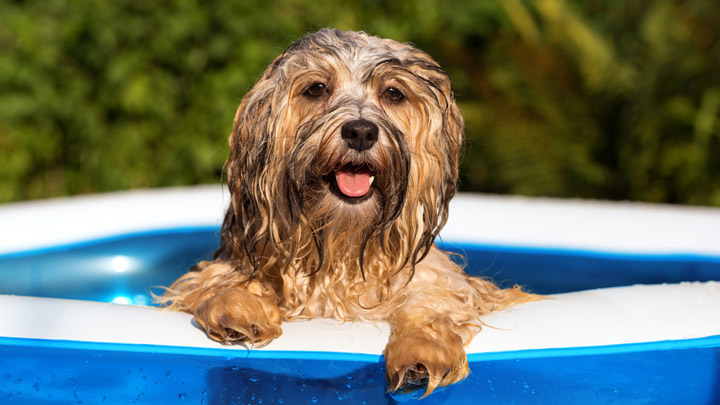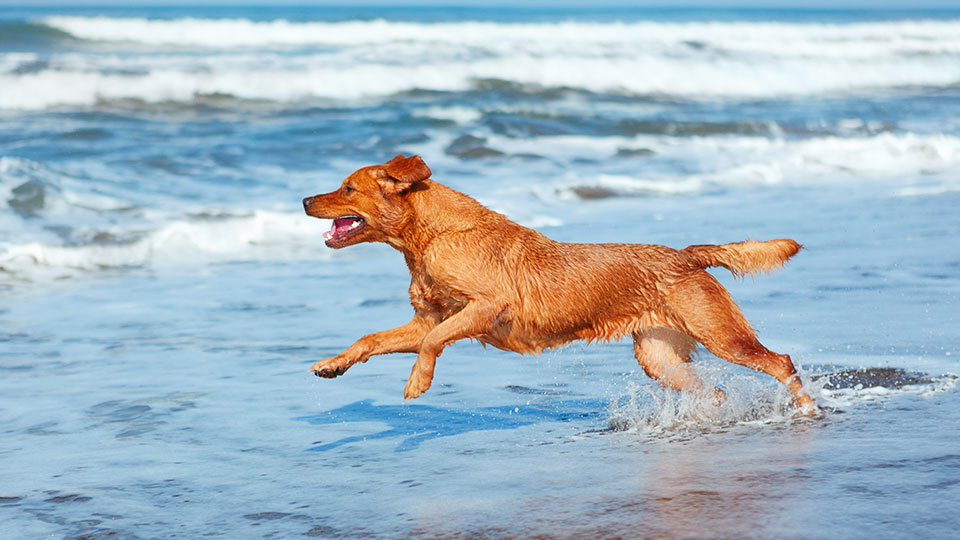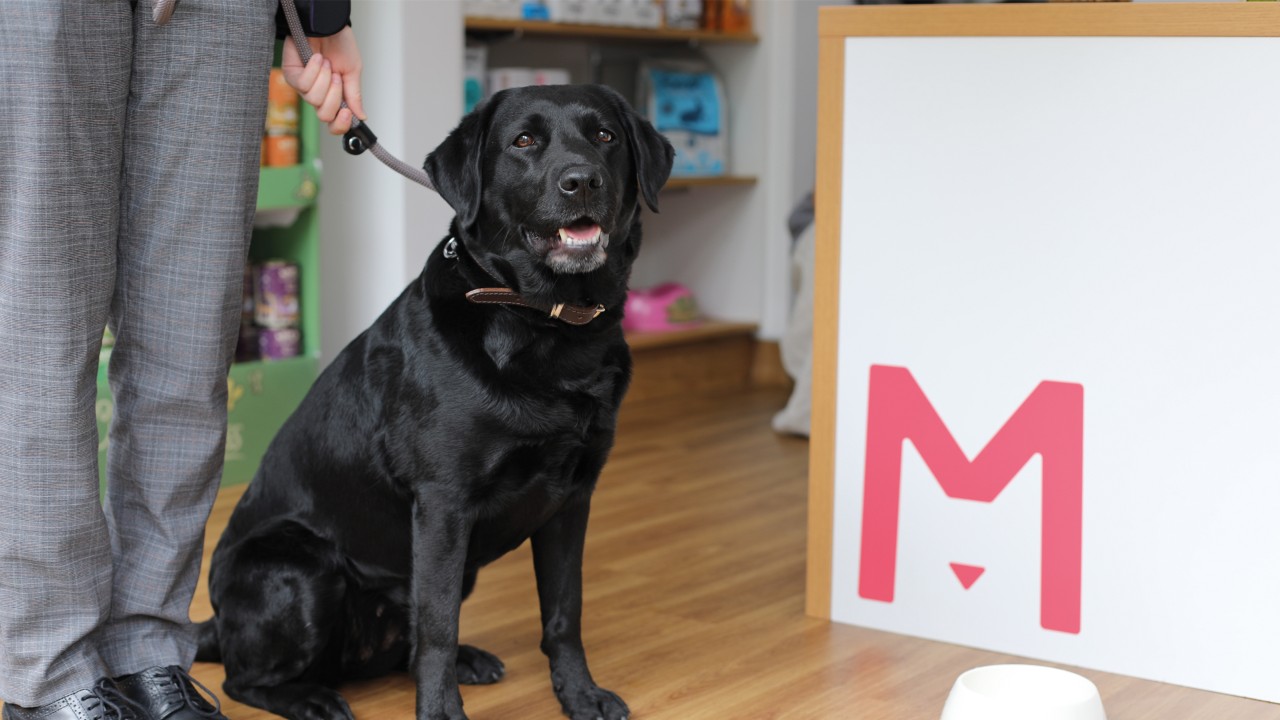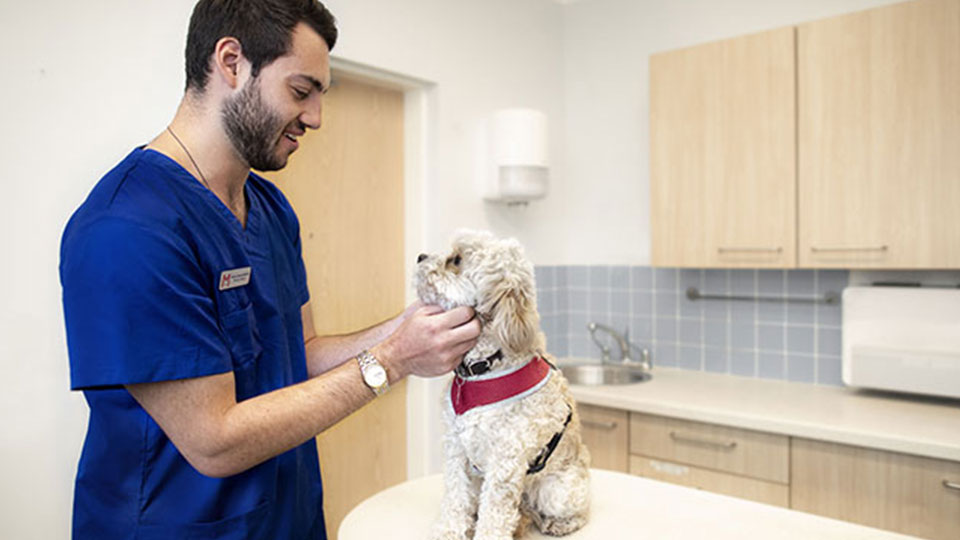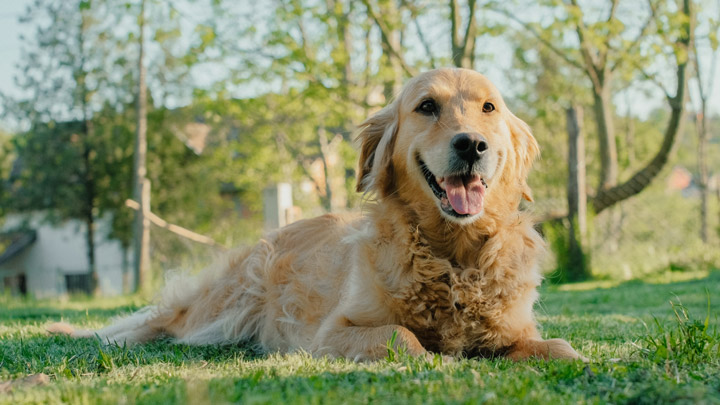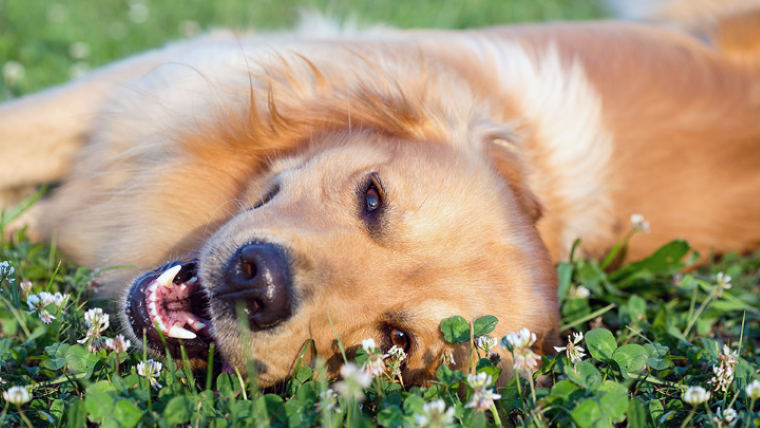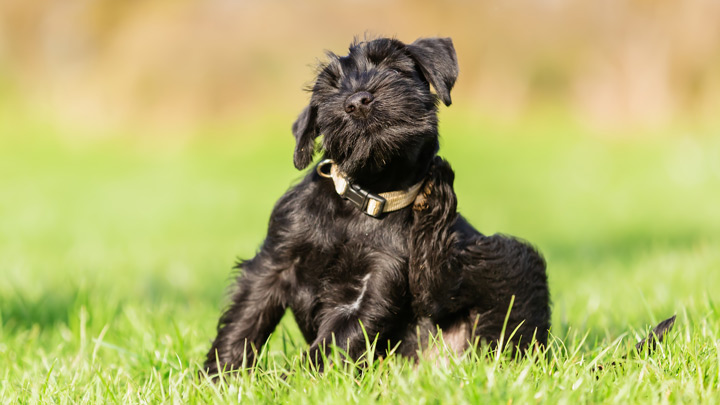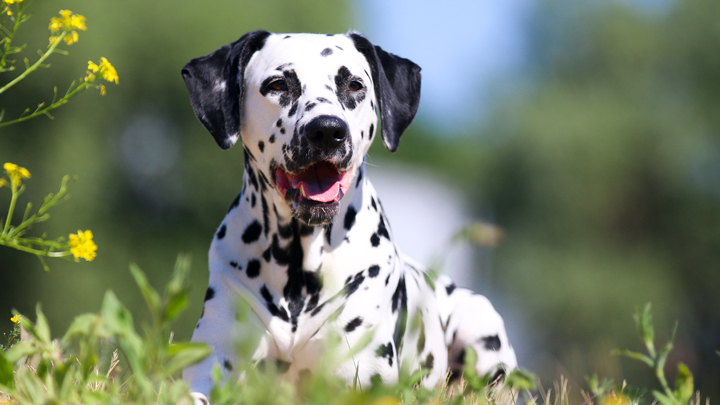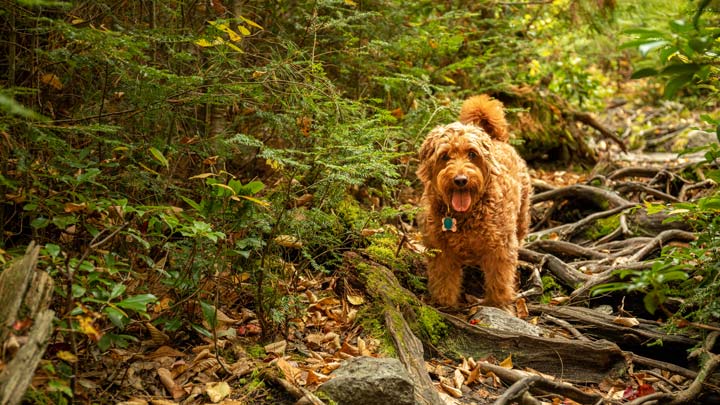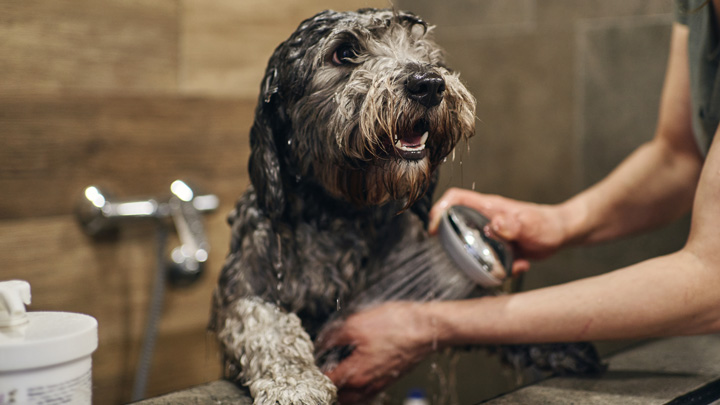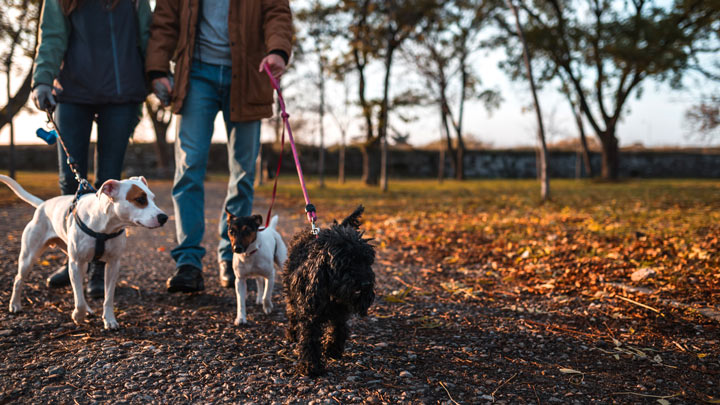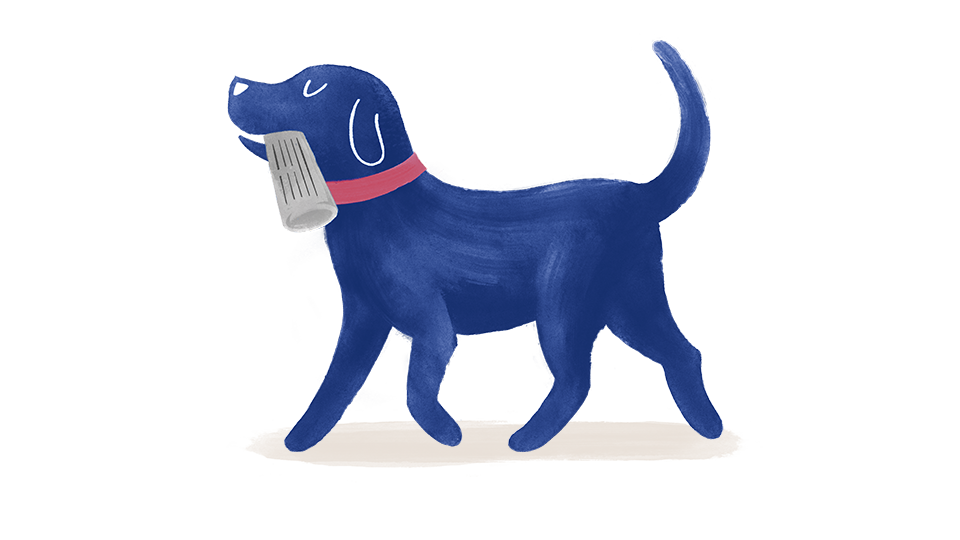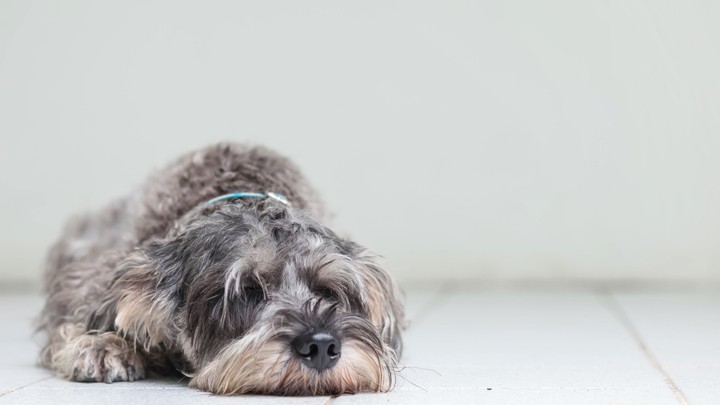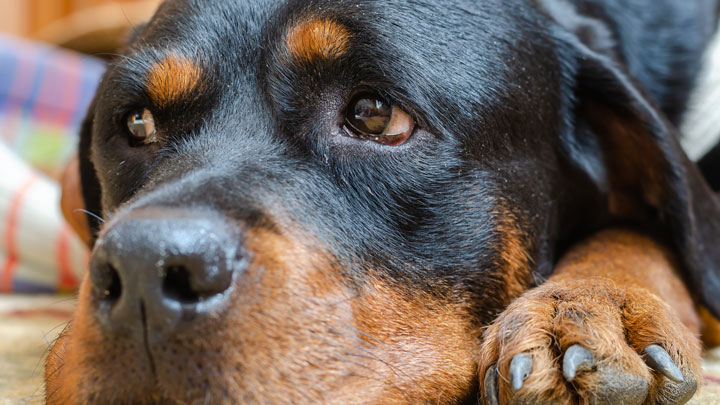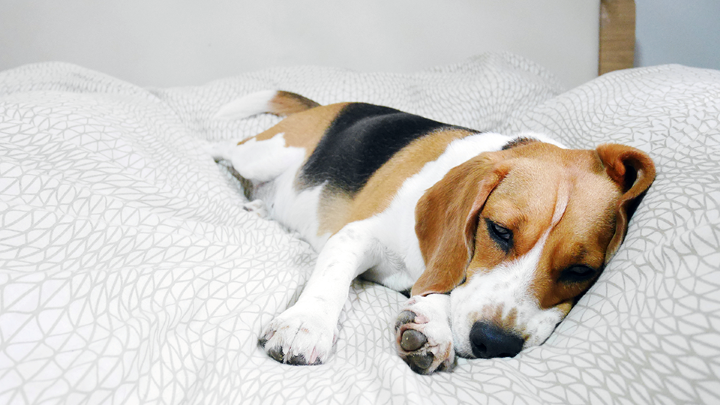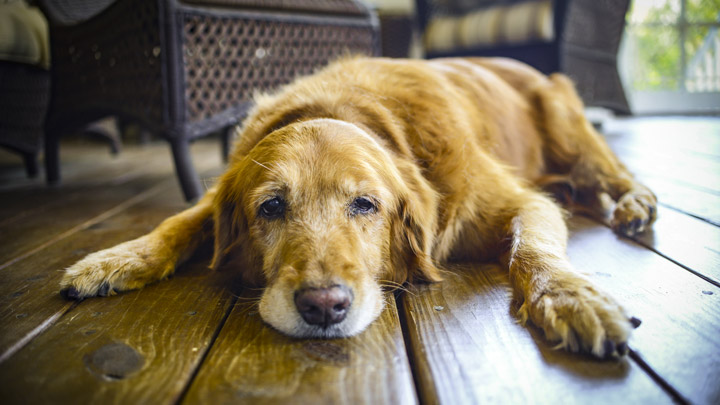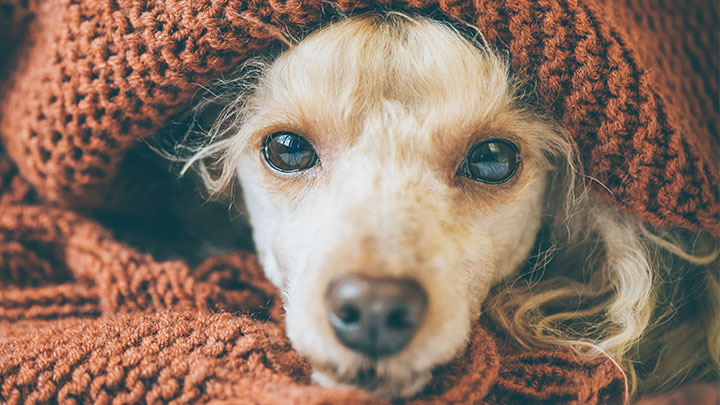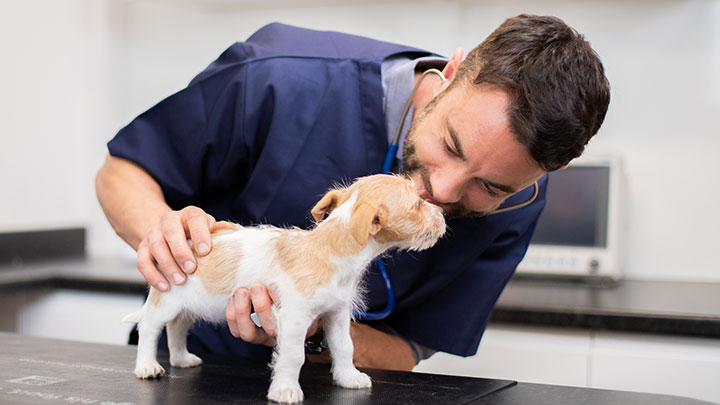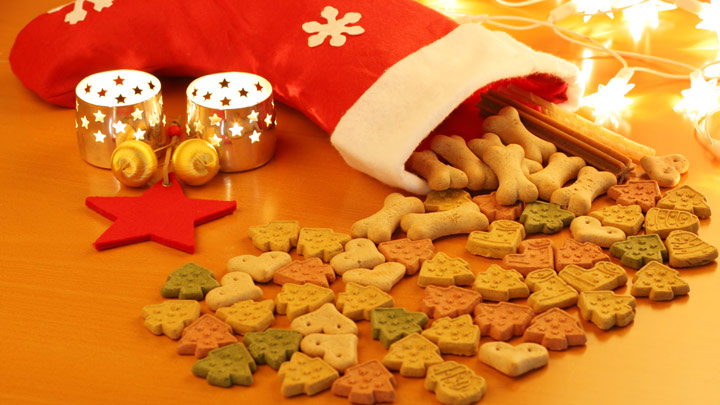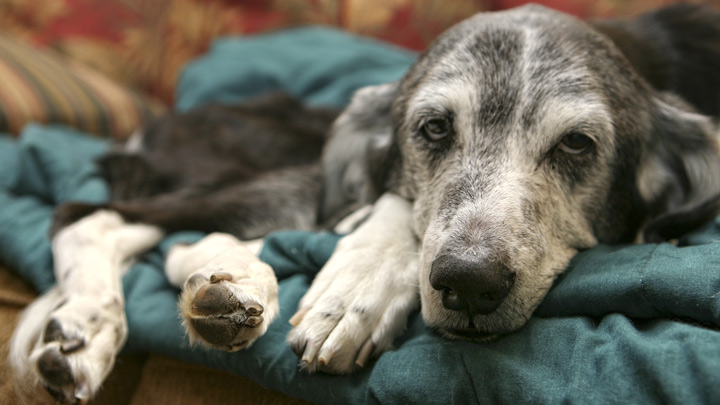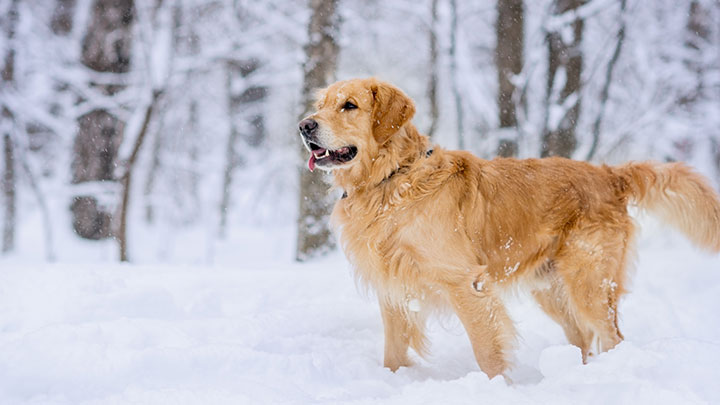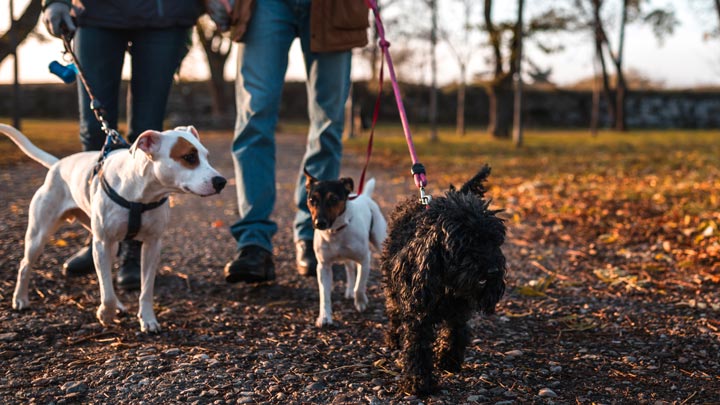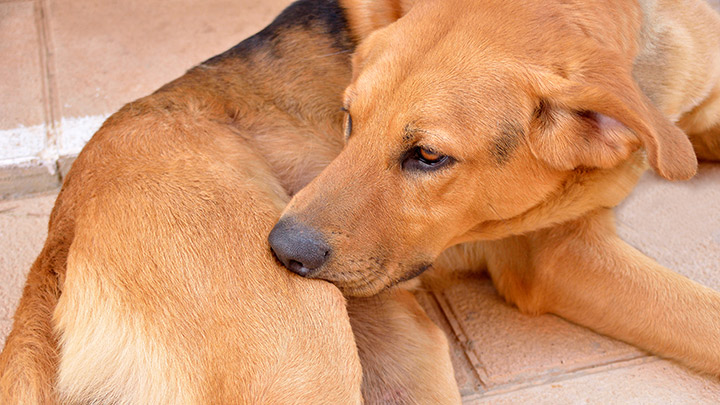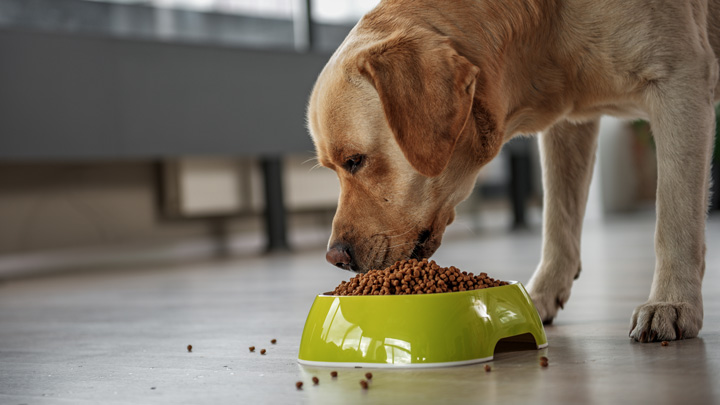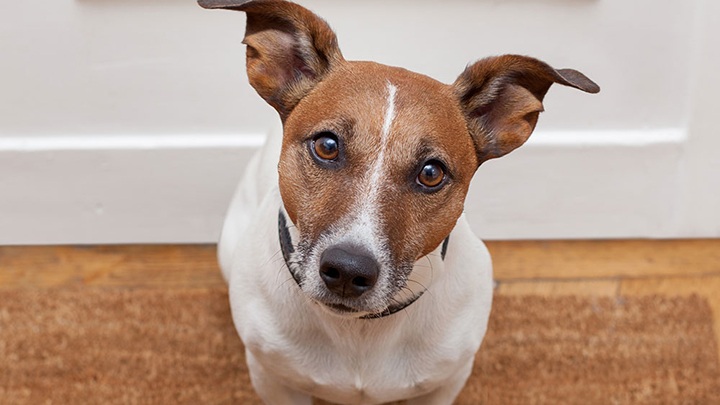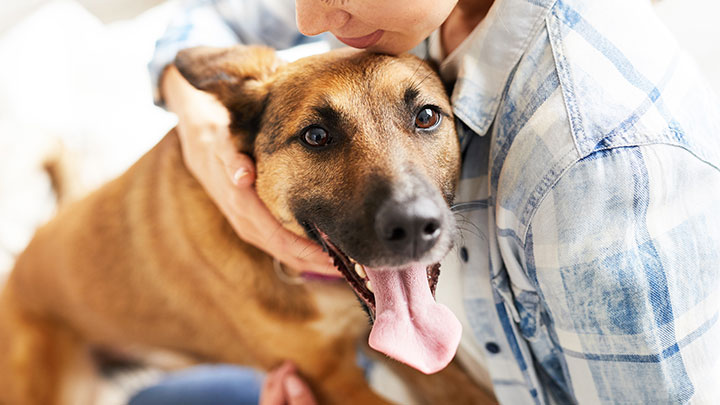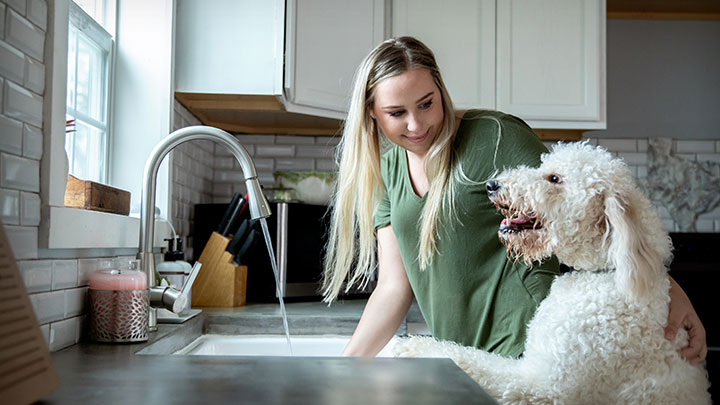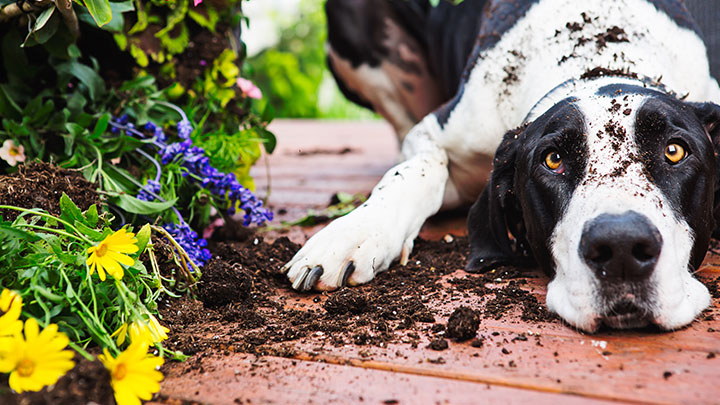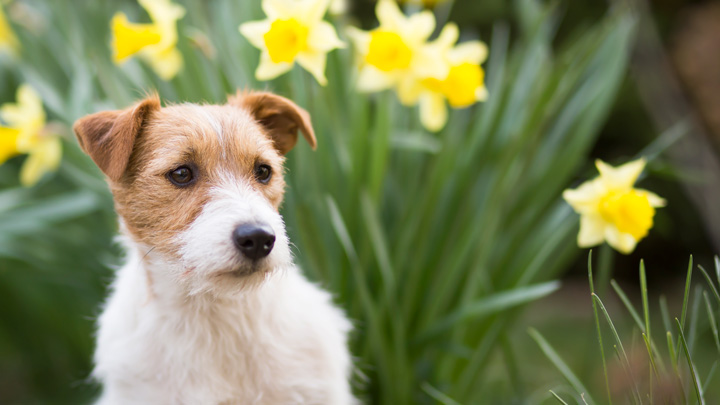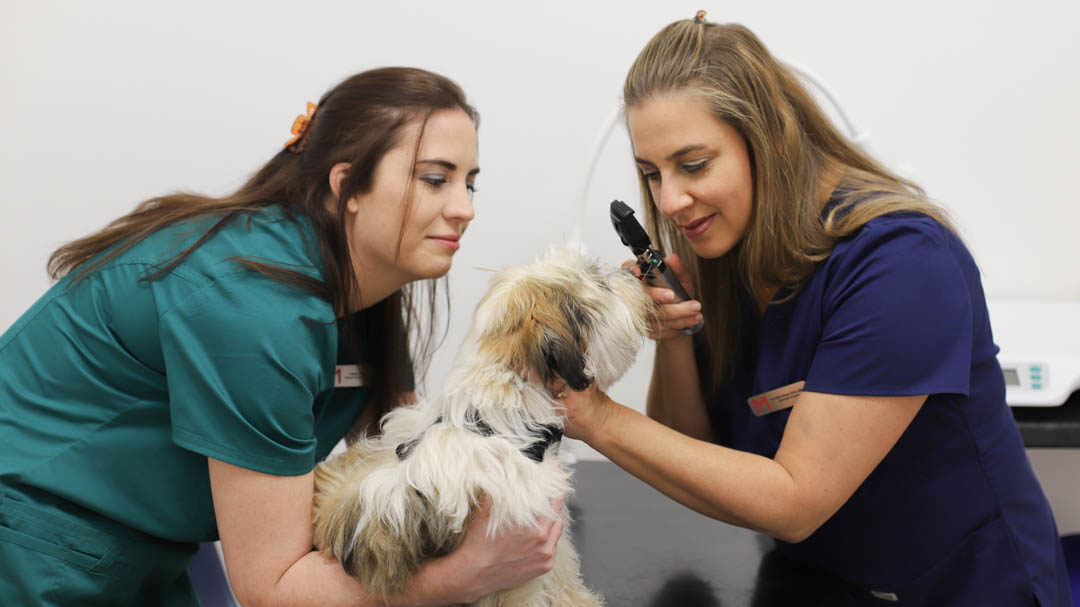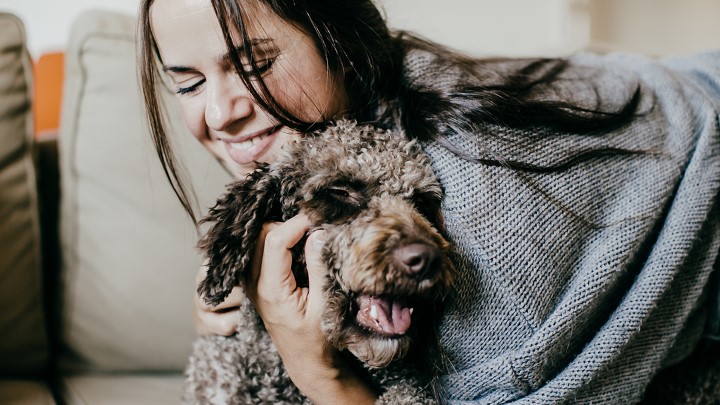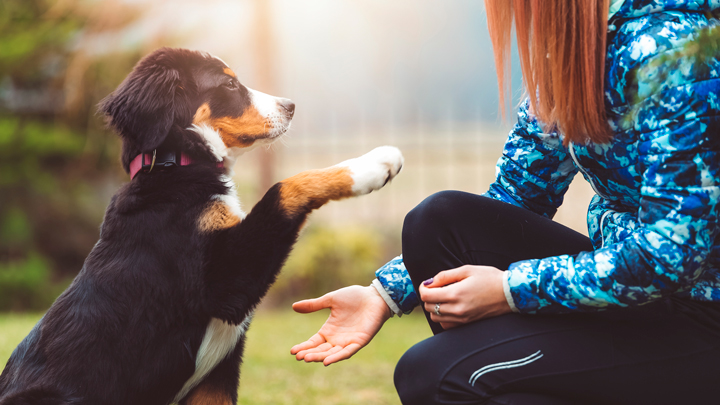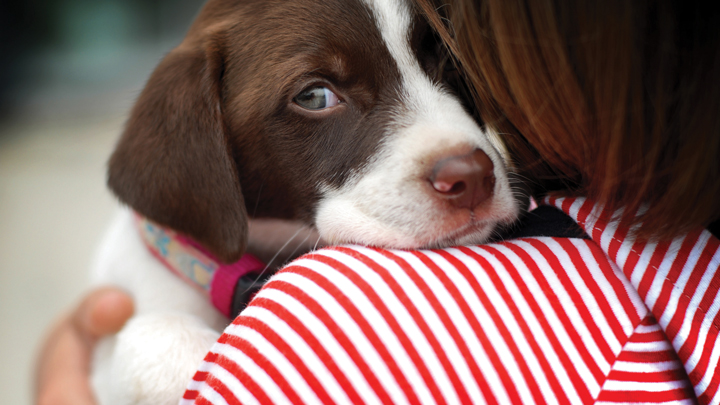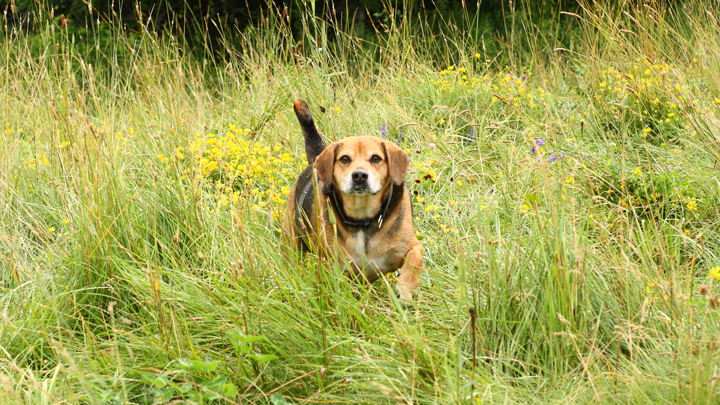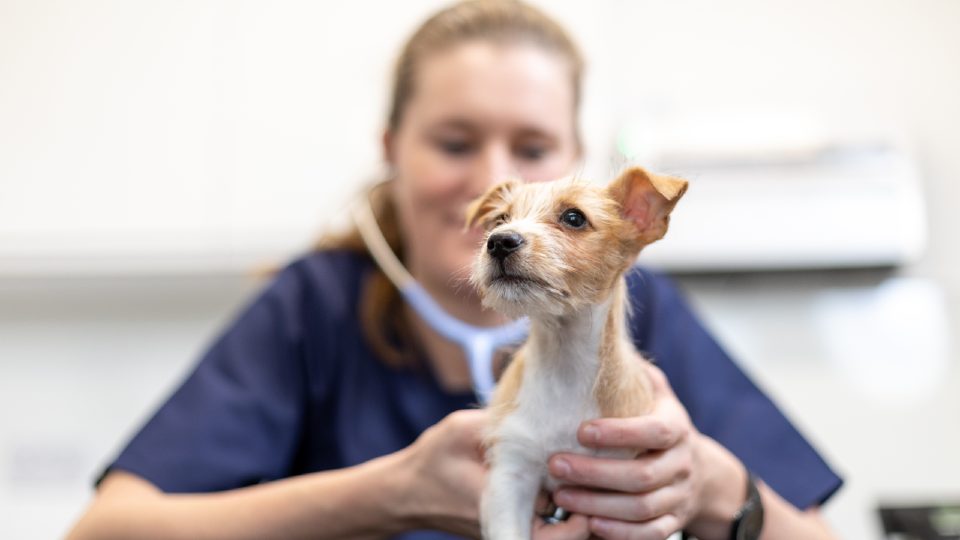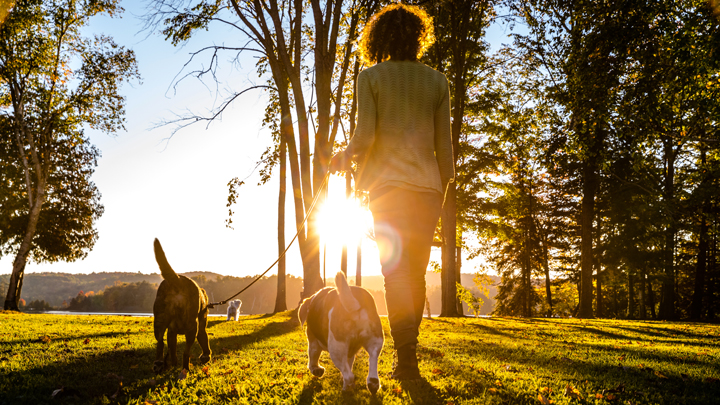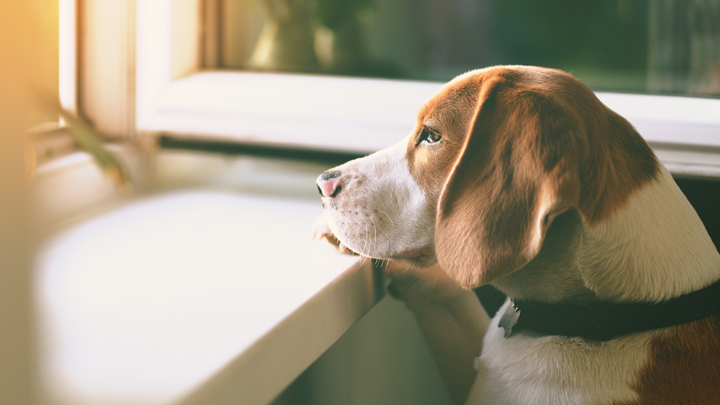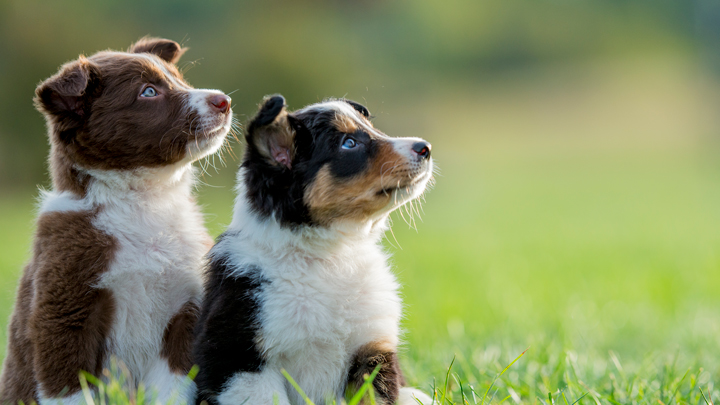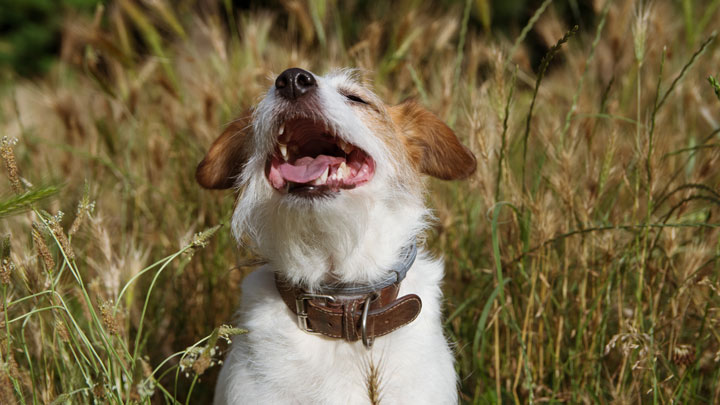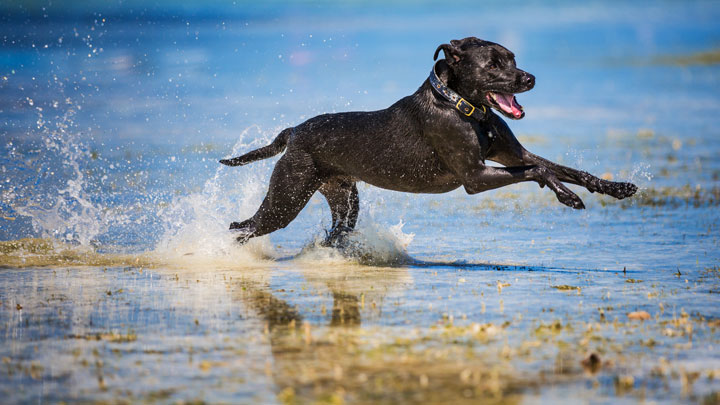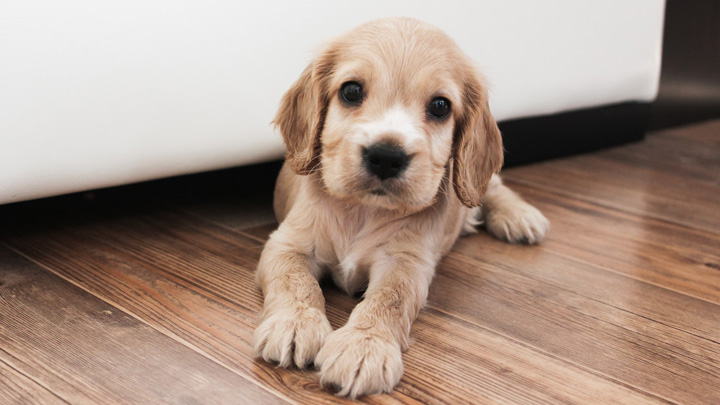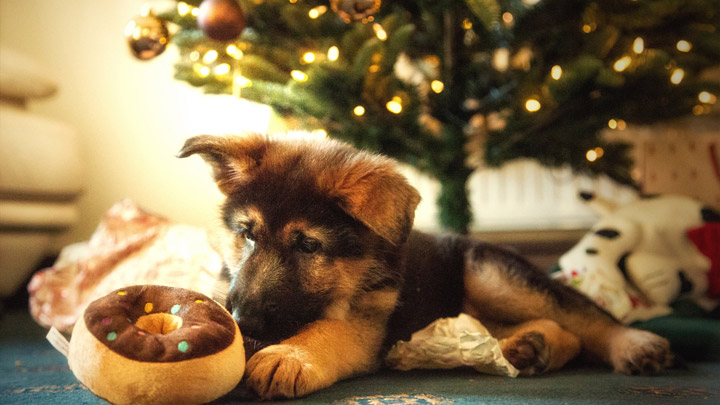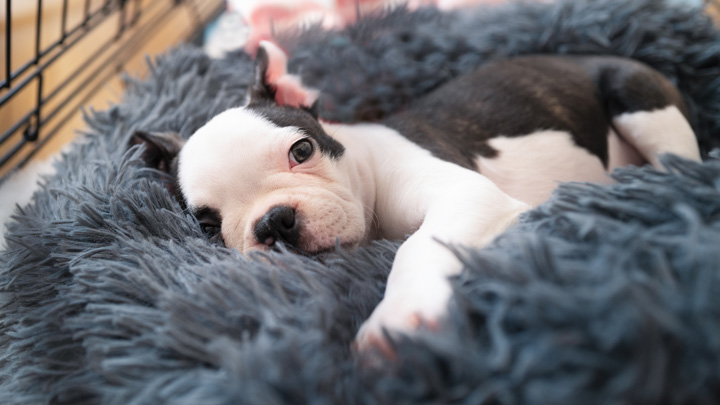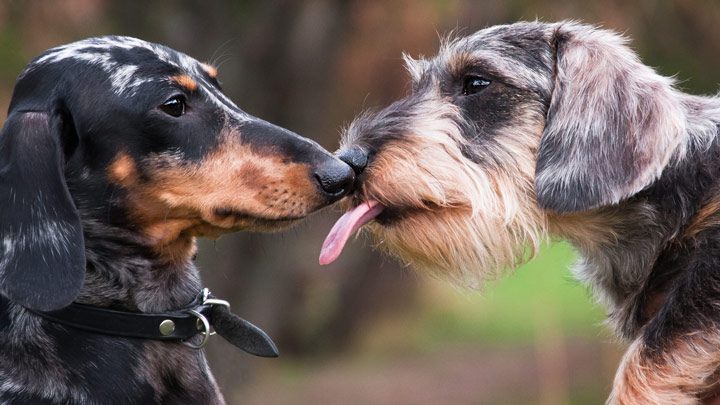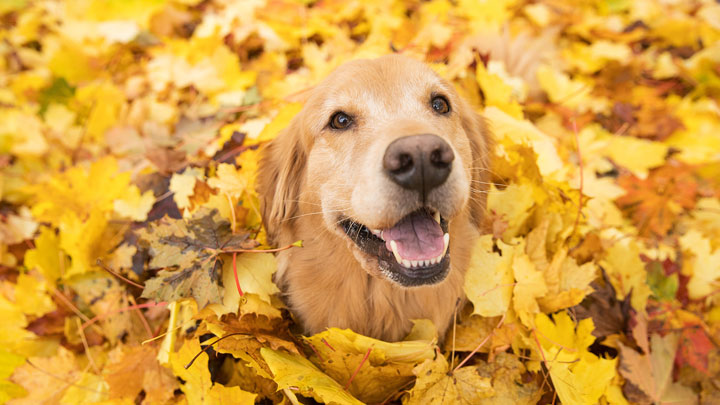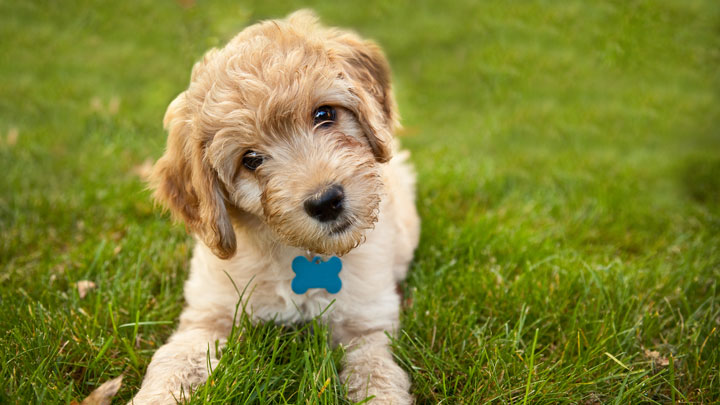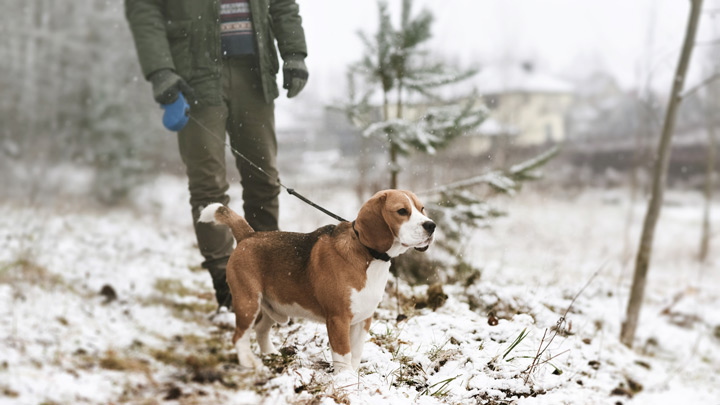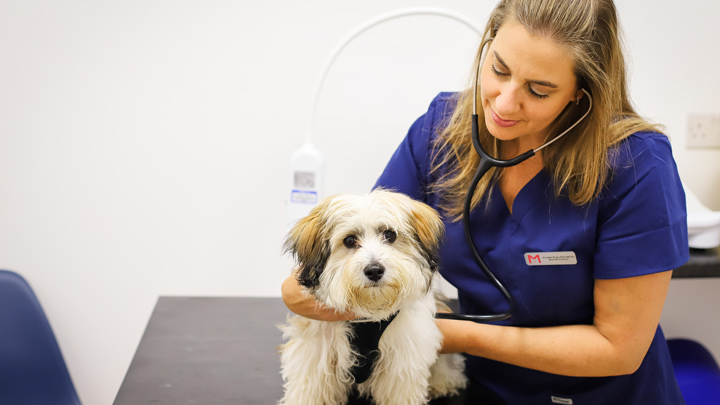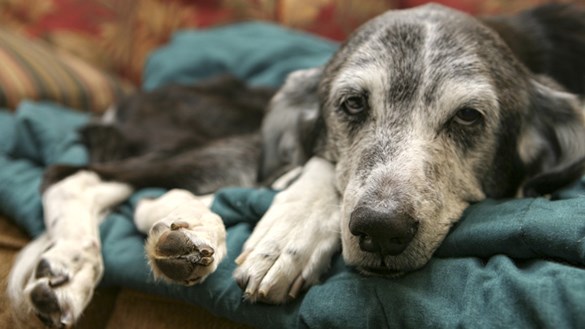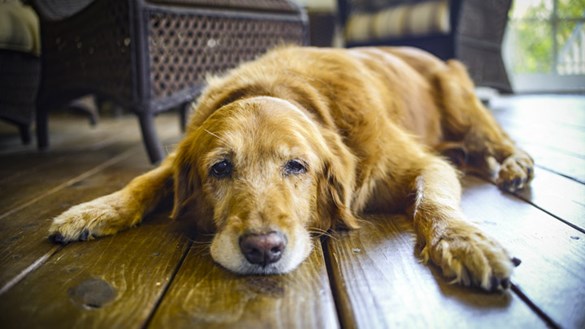Grooming Your Dog For Cold Weather
Dogs need regular grooming throughout the cooler months. Learn how to adapt your current grooming routine to keep your dog healthy through winter.
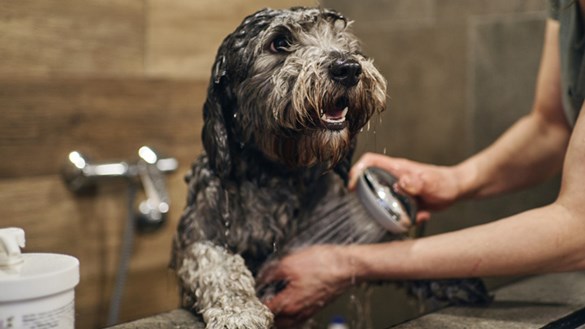
Regular grooming
It’s a common misconception that dogs don’t need regular grooming in cold weather. In fact, as the months start to get colder in the run-up to winter, it's important to adapt your dog’s grooming routine to keep them warm and comfortable.
Read on for our guide to cold weather grooming for your dog.
Altering your grooming routine for winter
During autumn, your dog will shed their summer coat to allow for a thicker, warmer coat for the cold weather (unless they’re a non-shedding breed, such as Poodles or Bichon Frises). Unlike cats, dogs don’t groom themselves, so they need extra help to keep their thicker winter coat in check and prevent matting.
Regular brushing two to three times a week with a suitable brush or comb will help remove loose fur and prevent knots. Dogs with longer fur will need daily grooming to keep their coat in great condition. Start with a wide-toothed comb on small areas at a time to remove knots, then switch to a slicker brush to remove loose fur and dirt.
If you notice any matting, it’s important to deal with it right away before it gets worse. Speak to your vet for advice on how to remove it without causing pain or discomfort.
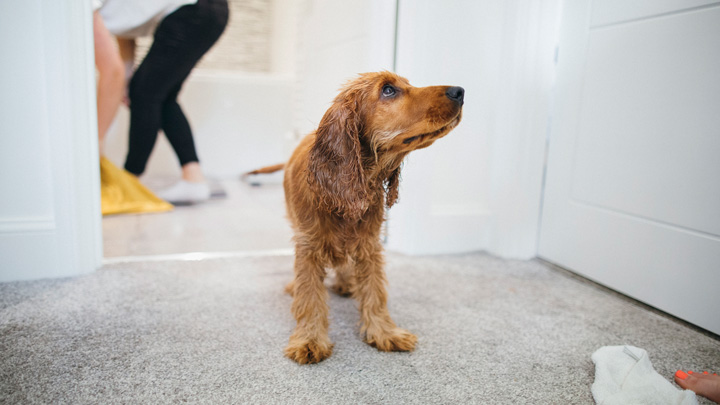 Regular grooming also gives you the opportunity to remove dead leaves or any other debris from their fur while out for their autumnal walk. If your dog gets caught out in the rain, always dry them thoroughly with a towel; warm, damp fur creates a perfect breeding ground for bacteria and infection. It’s a good idea to keep a towel in your car for emergencies while you’re out and about.
Regular grooming also gives you the opportunity to remove dead leaves or any other debris from their fur while out for their autumnal walk. If your dog gets caught out in the rain, always dry them thoroughly with a towel; warm, damp fur creates a perfect breeding ground for bacteria and infection. It’s a good idea to keep a towel in your car for emergencies while you’re out and about.
Should I cut my dog's coat in winter?
Many people believe that giving their dog a haircut during the colder months will leave them unprotected from cold weather. However, it’s important to remember that most dogs spend the majority of their time snuggled up inside a centrally heated home. Therefore, they don’t need to rely on a thick coat to keep them warm and can enjoy the benefits of a regular trim to keep their fur in check. If you’re concerned on particularly cold walks, invest in an insulated dog coat to keep them warm.
Dogs often love nothing more than a wet, muddy walk, which can wreak havoc on their coat. While you should avoid bathing your dog too often (this can dry out their skin and cause issues), baths are sometimes necessary to clean them up and prevent them smelling. Use dog-friendly shampoo to remove any build-up, paying particular attention to their armpits, toes and groin area – ask your vet for their professional dog-grooming tips. Make sure they’re completely dry before letting them outside; a wet dog is much more susceptible to hypothermia, particularly small breeds.
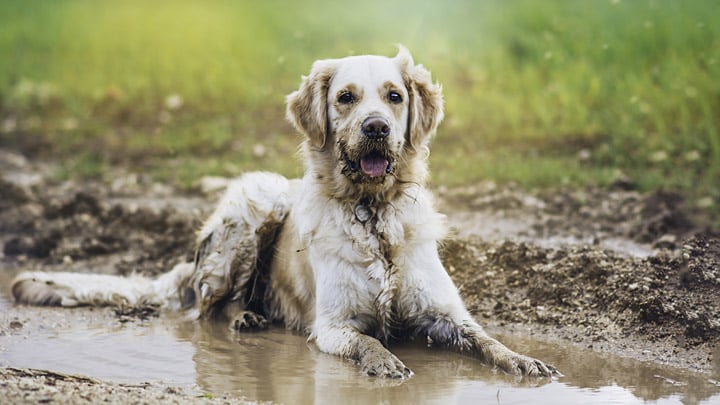
Paws
The UK sees plenty of rain, and as the weather gets wetter, your dog is more at risk of dirty paws, even after walking on the pavement. It’s important to wipe off any excess dirt and moisture around their feet after every walk, making sure you get between their toes and under their nails. There are pet wipes available that can make this job easier.
Checking your dog’s paws during winter also gives you a chance to check for any bits of gravel or stone that may have become lodged between their toes which, if left unchecked, can quickly cause pain and infection.
In the event of a freezing winter, you should also watch out for chemical burns or rashes caused by gritting salt. If your dog’s feet look irritated, gently wash them off with warm water and consider keeping them indoors until the irritation calms. Rock salt can be toxic to dogs, so always clean it off before they get a chance to lick it off themselves.
Much like our own fingernails, dog nails never stop growing, so regular clipping with a specialist tool helps keep them short and manageable. If you hear them clicking on a hard surface when they walk, it’s time for a pedicure. Most dogs hate having their feet handled but doing this regularly from a young age (and rewarding them with a treat afterwards) will help ease the relatively simple process. Ask your vet for their top tips on trimming your dog’s nails.
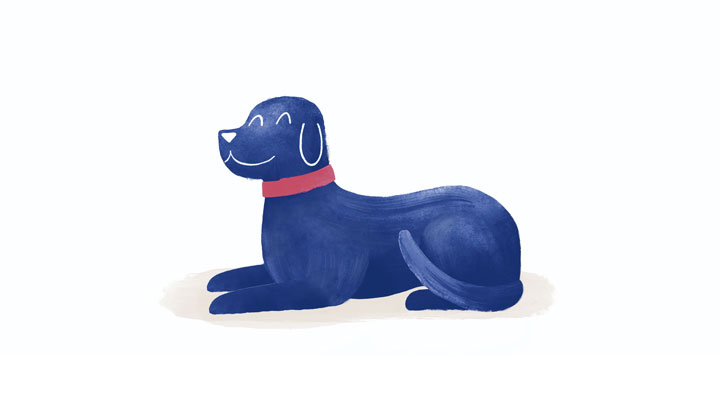
Ears
Various objects can become lodged in your dog’s ear, so you should always check them during your regular grooming sessions. Healthy ears should be clean and be free of odour, without redness or discharge.
Dog’s ears are extremely delicate and easily damaged, so avoid trying to clean them yourself, and never put anything in them as this can cause distress. If you think your dog’s ears need cleaning, or you have any concerns, speak to your vet.
Dandruff in dogs in winter
Although your dog’s skin is protected by a thick layer of fur, it’s important to keep an eye on it, especially in the colder months. Central heating and extreme temperatures can dehydrate their skin and cause dandruff. If you spot a few flakes, consider investing in a humidifier to add moisture back into the air and make sure their diet is rich in omega 3.
If dandruff doesn’t dissipate or their skin becomes red and irritated, this could be a sign of an underlying condition, so speak to your vet as soon as possible.
Alabama rot during winter months
You should also keep an eye out for any lesions, sores or swelling that can be a sign of Alabama Rot. These sores are usually found below the knee or elbow and are often the only signs of the disease before it causes kidney failure. If you spot any of these signs, contact your vet straight away.
Joints
Unfortunately, arthritis in dogs often gets worse during cold weather, so it’s a good idea to check your dog for signs of joint trouble, particularly as they get older.
Look out for slowness and caution in their movements, or subtle limping which could also be signs of arthritis. If you suspect your dog may be suffering, speak to your vet for more advice.
Dog Grooming FAQs
Most dogs, except non-shedding breeds such as Poodles and Bichon Frises, will shed their lighter, cooler summer coat for a denser winter coat when the weather begins cooling down, and so they will naturally adapt to the winter weather. If you have a dog with shorter, finer hair, such as whippets or greyhounds, we’d recommend a comfortable, insulated dog coat for walks in very cold weather.
The pads of your dog’s paws should be thick enough to withstand cold walks, and shouldn’t require dog ‘shoes’. You should also be mindful of chemicals or grit on the floor as these can cause irritation and rashes on your dog’s paws. Ensure you check and clean your dog’s paws regularly to keep them in prime condition and check for any injuries.
Many dogs don’t require a coat as they will grow their winter coat as we approach winter. However, if your dog is very young, very old, or is sick or has finer, short fur, you should consider a comfortable, well-fitting coat to protect them against the elements. If you think that your dog is susceptible to the cold, i.e. they appear to shiver then a well-fitted insulated coat would be a good investment.
Although you may think that this extra bit of fur might make all the difference to your dog’s body temperature, realistically dogs spend most of the time indoors with central heating. Your dog will benefit from a trim during winter, and as long as he or she has plenty of blankets available, there won’t be an issue. Dogs shouldn’t be left outside, especially in winter.
Breeds of dog which generally benefit from having a coat in winter are thin breeds with fine or very short fur such as Greyhounds, Whippets, and Lurchers. The age and general health of your dog is a better indicator of whether they need a coat – if they’re very old or very young or have been unwell – a coat is a good idea. Pay attention to your dog’s body language to assess whether they need a coat; are they reluctant to go out or do they shiver when they’re out? These are a good indication that a dog would benefit from a coat.


